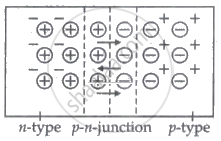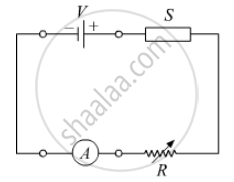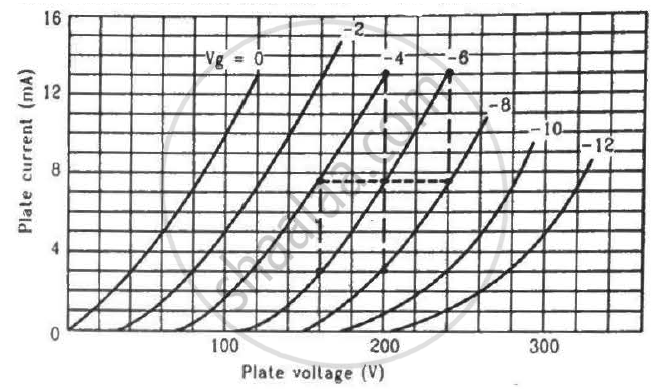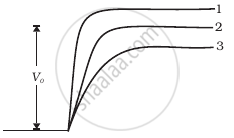Advertisements
Advertisements
प्रश्न
Explain the formation of the barrier potential in a p-n junction.
उत्तर
A p-n junction is formed by bringing p-type and n-type semiconductors together in very close proximity.
At the instant of p-n-junction, movement of free electrons from the n-side and free holes from the p-side diffuse across the junction and combine and thus leave -ve ions on the p-side and +ve ions inn-side.
These two layers of +ve and -ve ions form the depletion region and the potential difference thus sets up is called the potential barrier.

संबंधित प्रश्न
In the following diagram 'S' is a semiconductor. Would you increase or decrease the value of R to keep the reading of the ammeter A constant when S is heated? Give reason for your answer.

With reference to semi-conductors answer the following :
(i) What is the change in the resistance of the semi-conductor with increase in temperature ?
(ii) Name the majority charge carriers in n-type semi-conductor.
(iii) What is meant by doping ?
Find the values of rp, µ and gm of a triode operating at plate voltage 200 V and grid voltage −6. The plate characteristics are shown in the figure.

Of the diodes shown in the following diagrams, which one is reverse biased?
The drift current in a p-n junction is from the ______.
In forward bias width of potential barrier in a p + n junction diode
Avalanche breakdown is due to ______.
In Figure, Vo is the potential barrier across a p-n junction, when no battery is connected across the junction ______.

Can the potential barrier across a p-n junction be measured by simply connecting a voltmeter across the junction?
With reference to a semiconductor diode, define the potential barrier.
